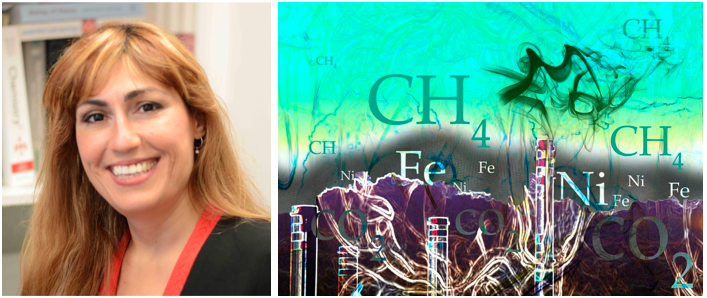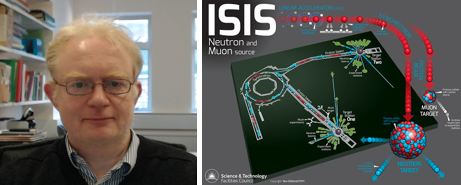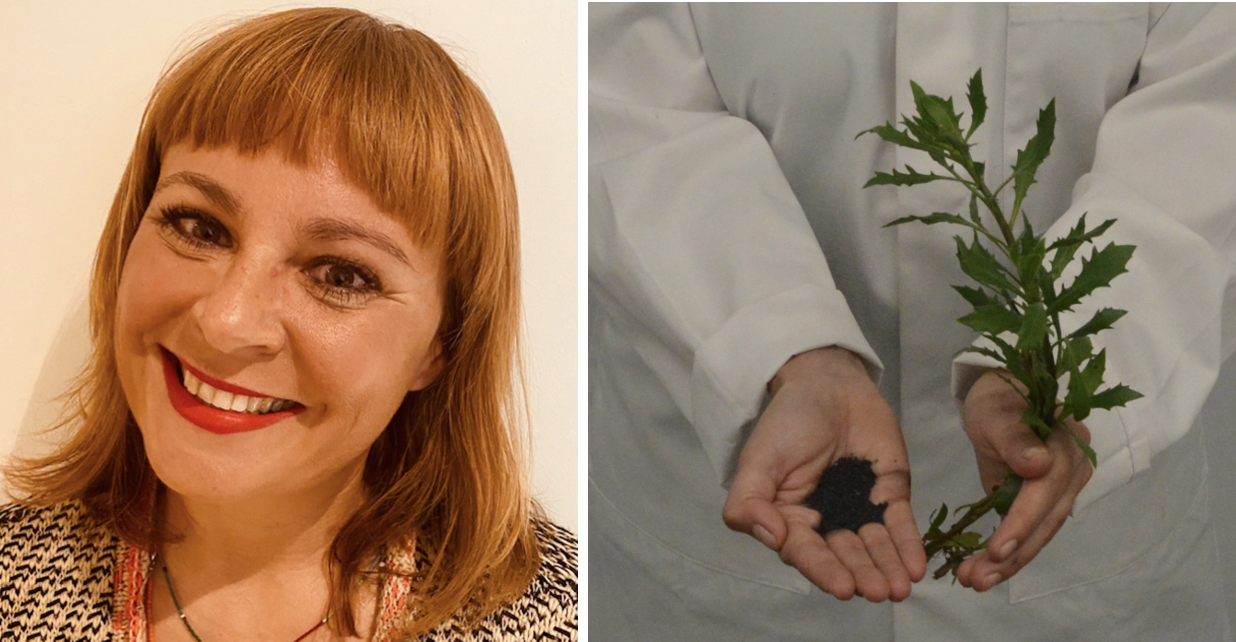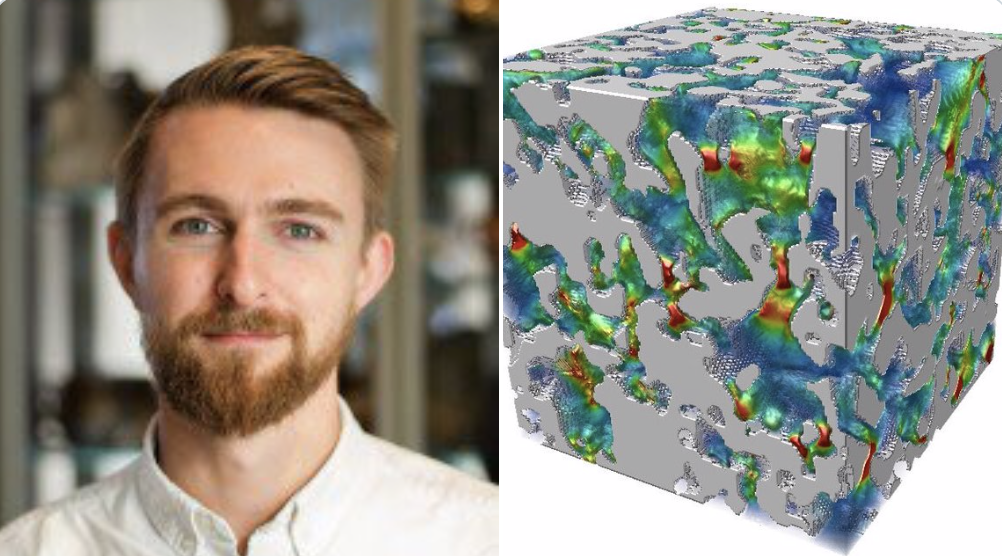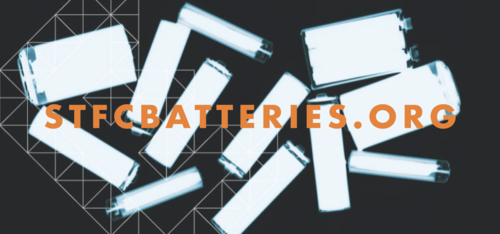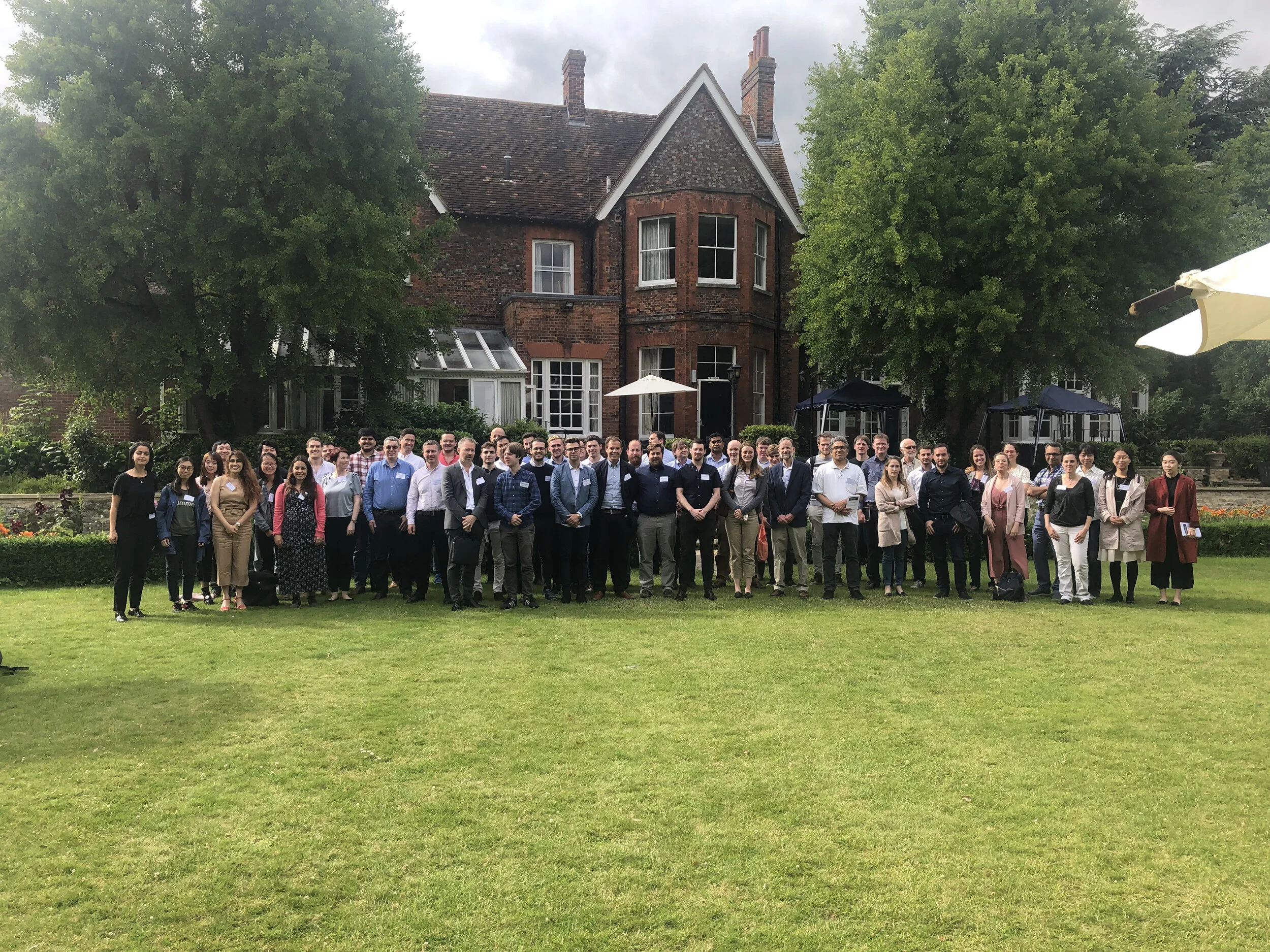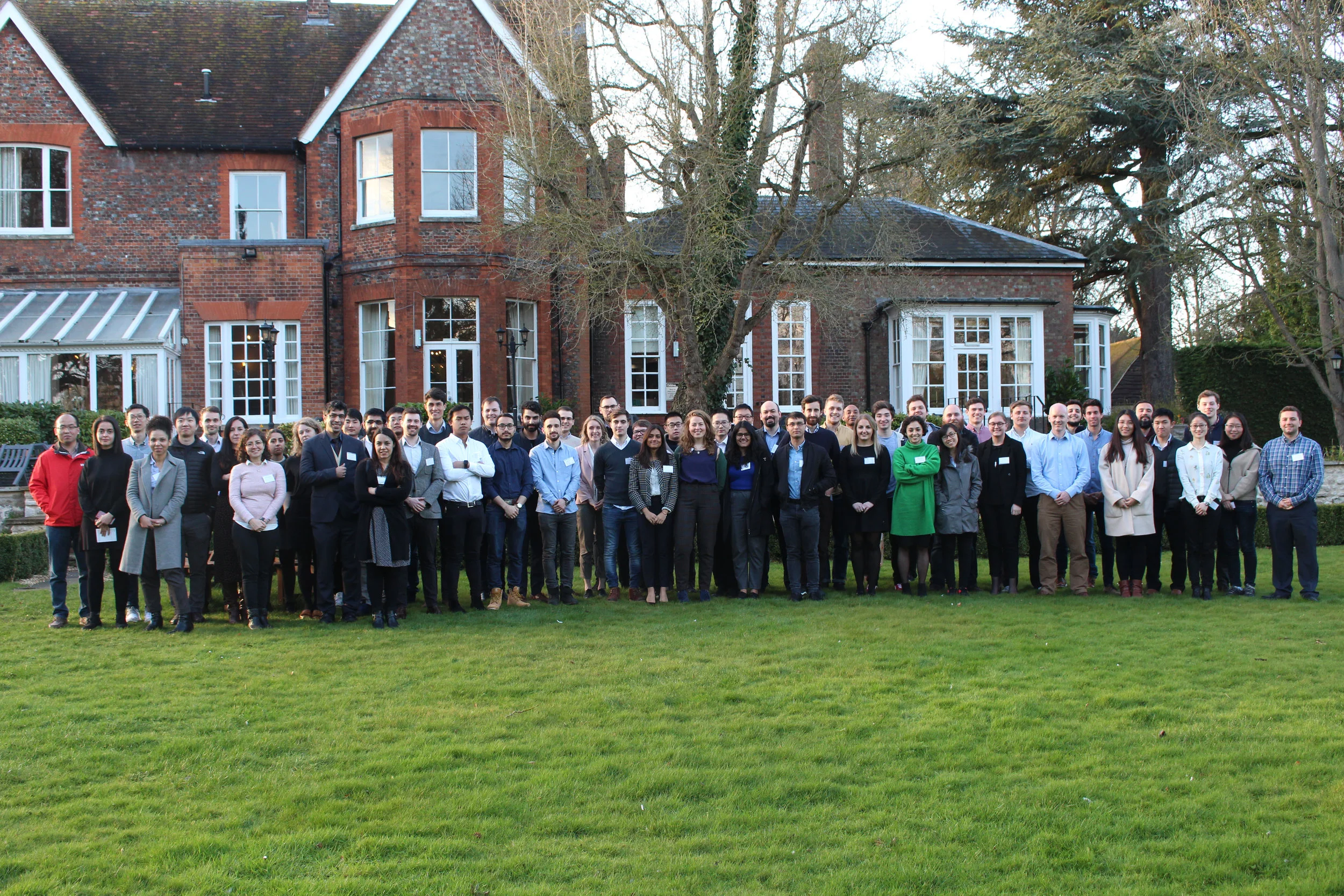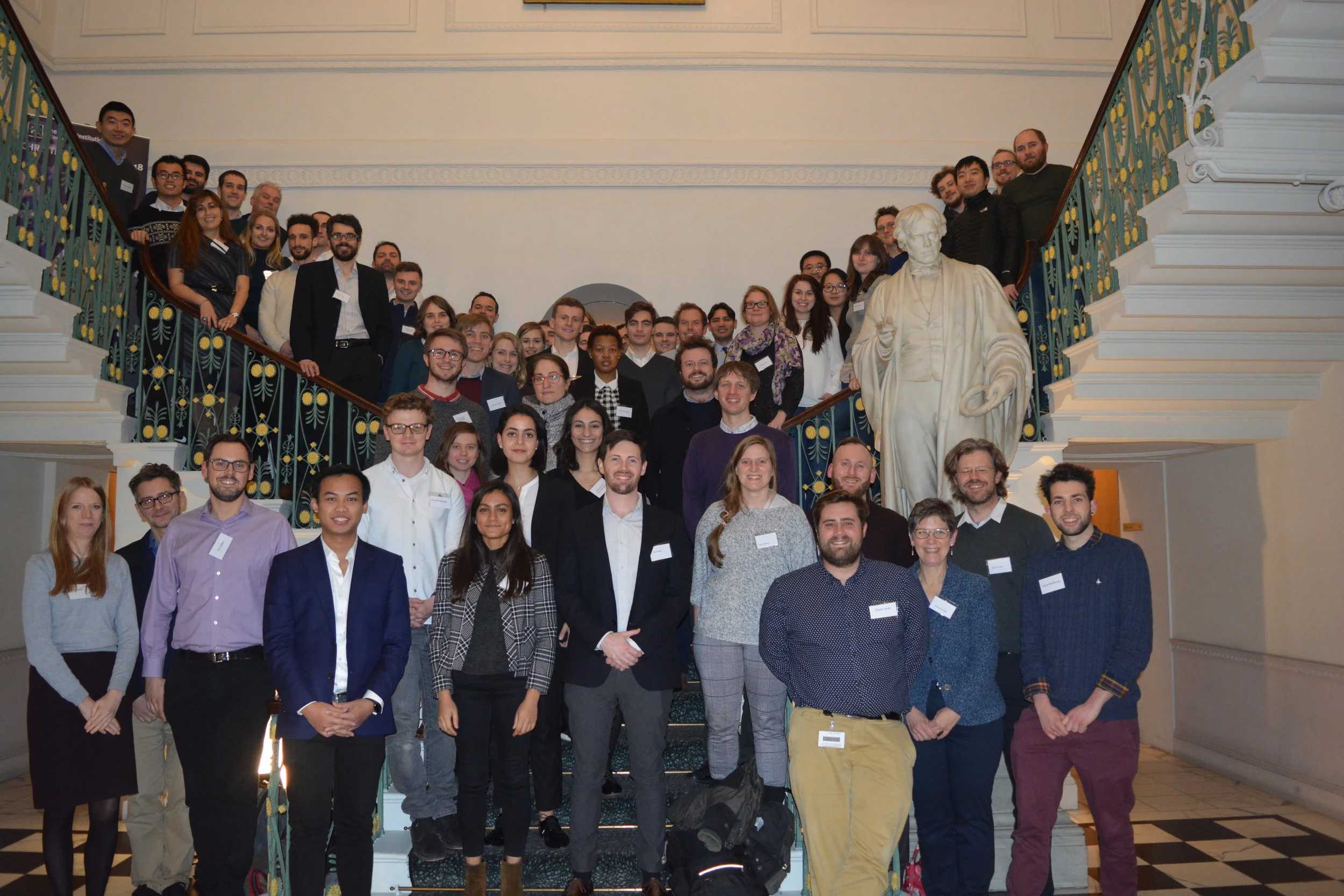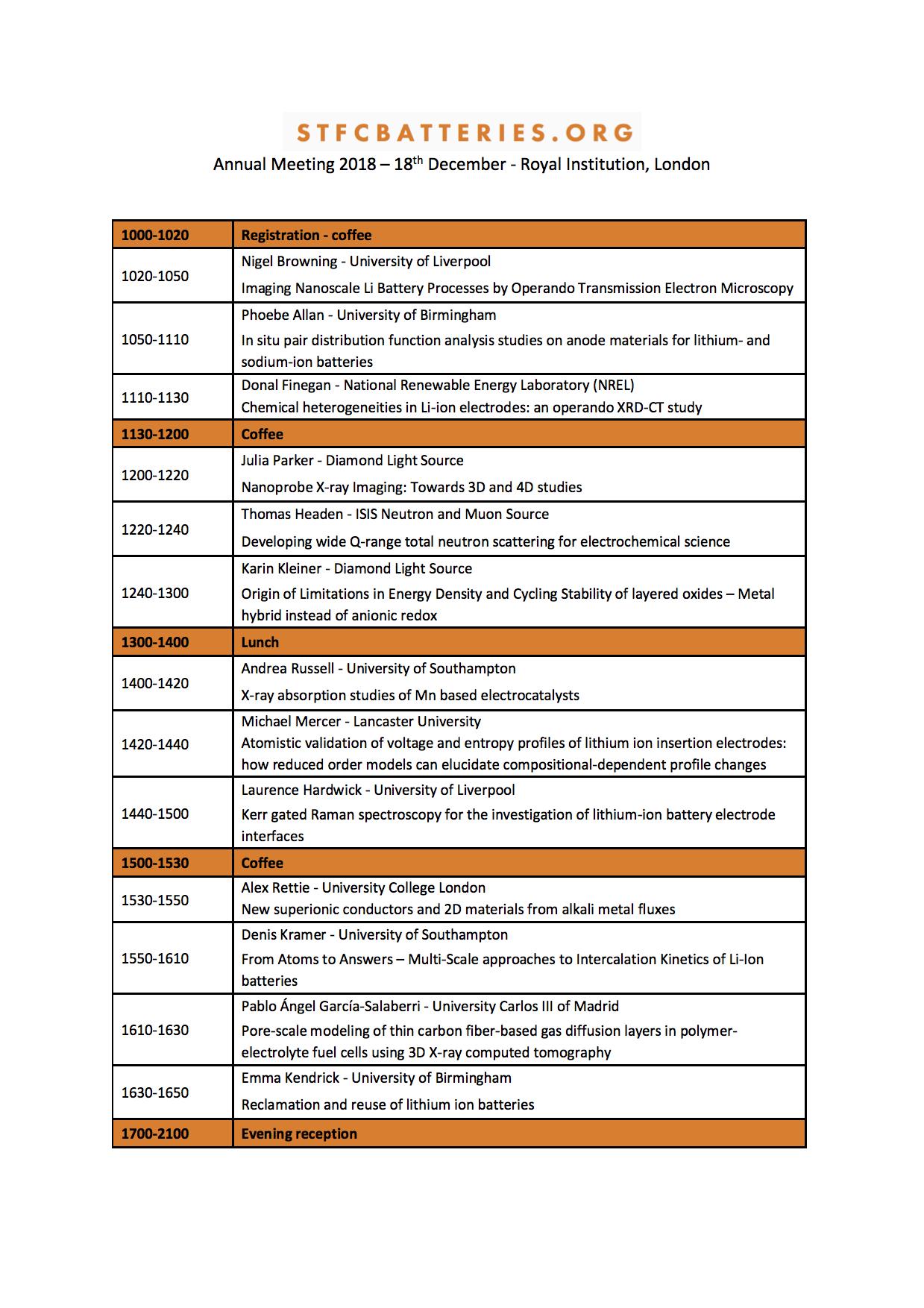We are delighted to announce the next in series of our fortnightly webinars.
Please join us on Friday (24th July) @1400 for an insightful talk by Dr Rosa Arrigo from the University of Salford, and diamond Light source.
Title: Unravelling Materials Chemistry and Catalysis: My Research Journey using Synchrotron Light
Abstract: The challenge of realizing a technological breakthrough in modern industrial chemistry and heterogeneous catalysis is often related to the design of materials with optimized structural and compositional characteristic to maximize efficiency, selectivity and stability for a given reaction. The phenomenology of high-performance catalysts is often rationalized by drawing parallels between the structure of the catalyst and its catalytic function. This can be done, for instance, by evaluating the performance of catalysts with precisely tuned structural and morphological features (size, shape, phase). In the last two decades, a molecular level understanding of the interfacial chemistry involved, with focus on conditions in which catalytic activity is manifested and lost, has become very popular as a rational approach towards the design of functional materials. With the advent of even more sophisticated in situ suites for materials characterization at large-scale users’ facilities, this research line is now more accessible to the broader scientific community and together with computational approaches has made significant contributions to the current scientific landscape. [1]
I became fascinated by this research line very early in my career and made it my primary scientific focus. Due to its multidisciplinary character, this research required me to develop skills and expertise across several disciplines (physics, chemistry, engineering) in different research environments also on an international level. In this talk, I will narrate my experience as scientist and synchrotron user presenting examples of projects, [2-4] in which the detailed multi-technique characterization of catalytic materials afforded a deeper understanding of the catalytic reactivity of materials of relevance in green chemistry and energy. I will also discuss challenges and limitations.
To register, please follow this link.
As we all adjust to social distancing in the face of the COVID-19 pandemic, the STFC Batteries Network is taking steps to stay connected through online engagement with an expanded webinar programme. If you have any suggestions for us or if we can offer you any specific assistance, please let us know.
References
[1] R. Arrigo, A. Logsdail, L. Torrente-Murciano, Highlights from Faraday Discussion on Designing Nanoparticle Systems for Catalysis, London, UK, May 2018, Chemical Communications, 2018, DOI: 10.1039/C8CC90324G
[2] a) R. Arrigo, M. E. Schuster, S. Abate, S. Wrabetz, K. Amakawa, D. Teschner, M. Freni, G. Centi, S. Perathoner, M. Haevecker, R. Schloegl, Dynamic of Pd on NCNT in the Direct Synthesis of H2O2, ChemSusChem 7 (2014) 179–194; b) R. Arrigo, M. E. Schuster, S. Abate, G. Giorgianni, G. Centi, S. Perathoner, S. Wrabetz, V. Pfeifer, M. Antonietti, R. Schlögl, Pd Supported on Carbon Nitride Boosts the Direct Hydrogen Peroxide Synthesis, ACS Catal. 6, 2016, 6959–6966. (IF~9.3)
[3] a) A. Klyushin, et al, In: Wandelt, K., (Ed.) Encyclopedia of Interfacial Chemistry: Surface Science and Electrochemistry, vol. 1, 2018, pp 615–631. ISBN: 9780128097397; b) V. Pfeifer et al, Chem. Sci., 2017, DOI: 10.1039/C6SC04622C; R. Arrigo, M. Haevecker, M. E. Schuster, C. Ranjan, E. Stotz, A. Knop-Gericke, R. Schloegl, In-situ Study of Water Electrolysis over Pt by NAP-XPS, Angewandte Chemie International Edition 52 (2013) 11660–11664.
[4] C. Genovese, M. E. Schuster, E. K. Gibson, D. Gianolio, V. Posligua, R. Grau-Crespo, G. Cibin, P. P. Wells, D. Garai, V. Solokha, S. Krick Calderon, J. Velasco Velez, C. Ampelli, S. Perathoner, G. Held, G. Centi, R. Arrigo*, Operando X-ray absorption fine structure study of the electrocatalytic reduction of carbon dioxide over Ferrihydrite on nitrogen-doped carbon, Nature Communications 9, 2018, doi:10.1038/s41467-018-03138-7









